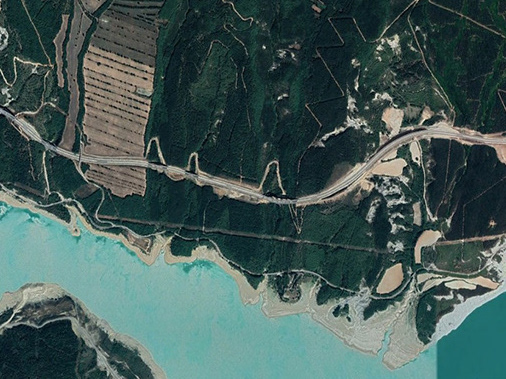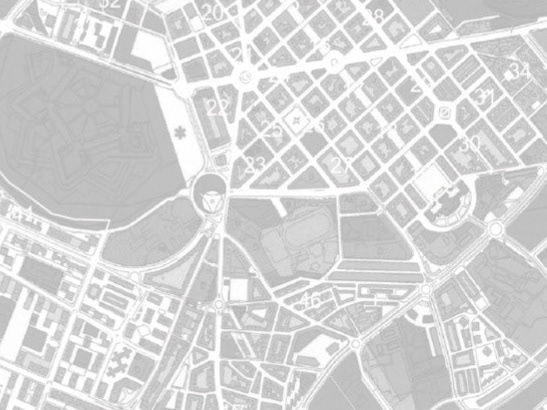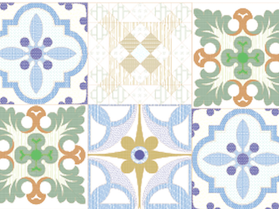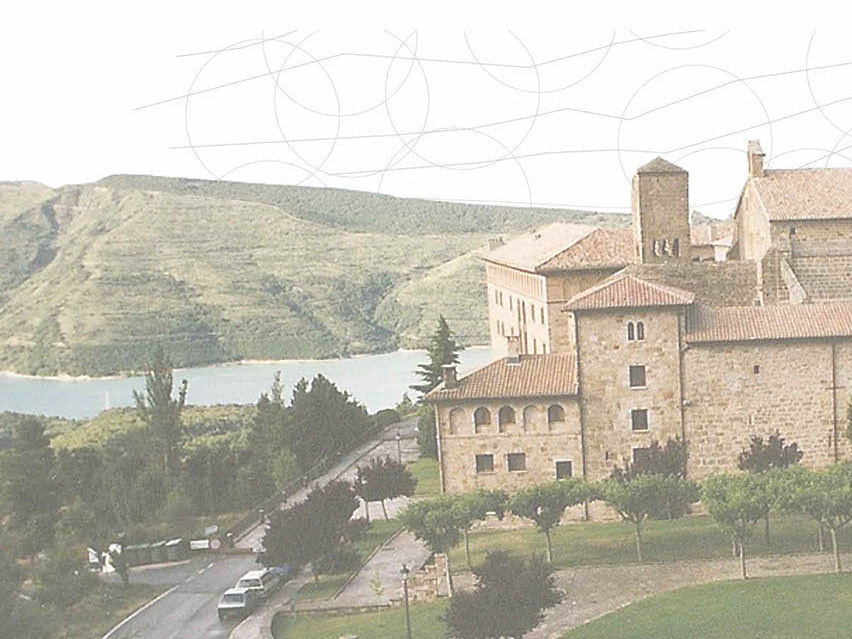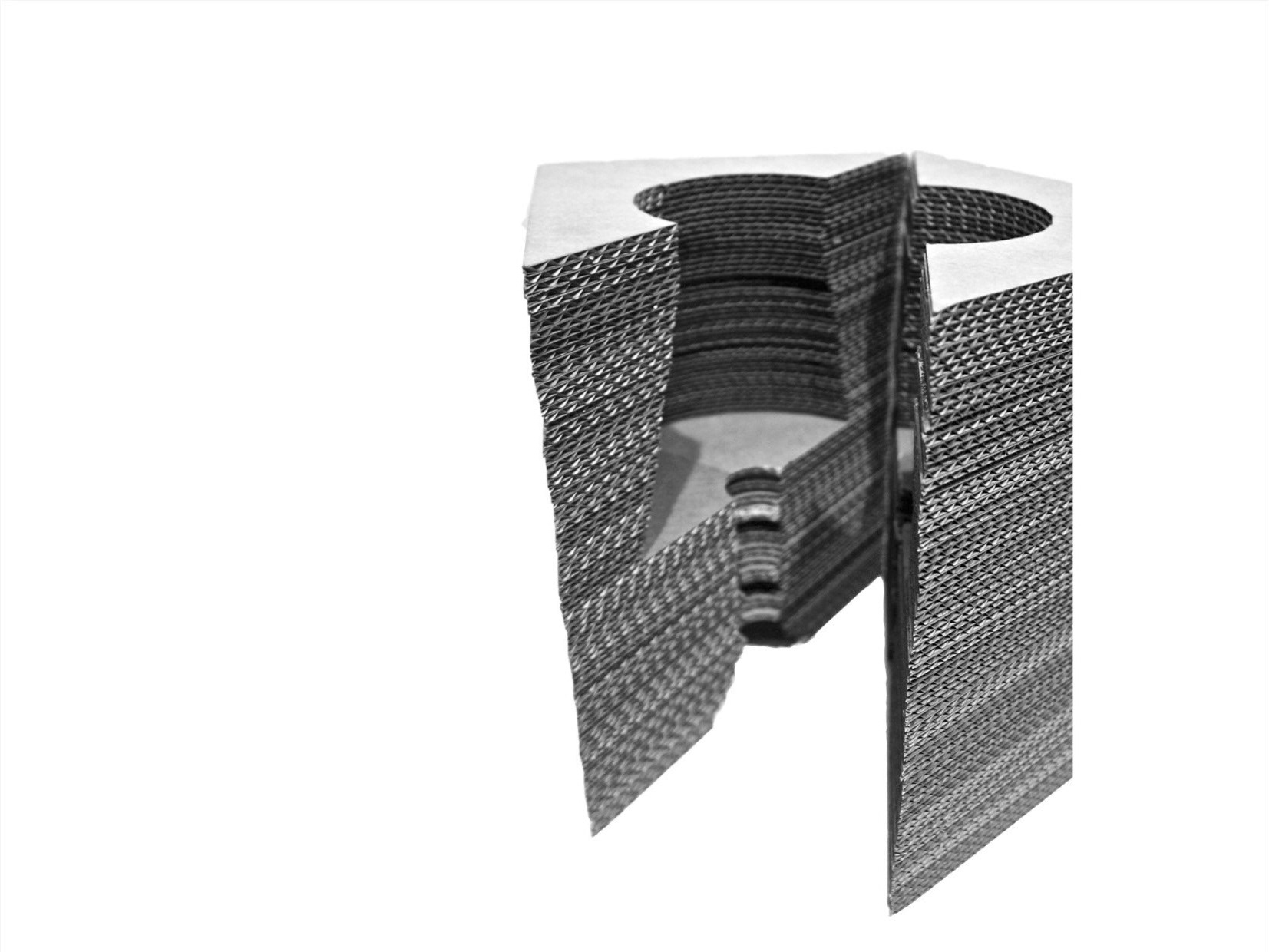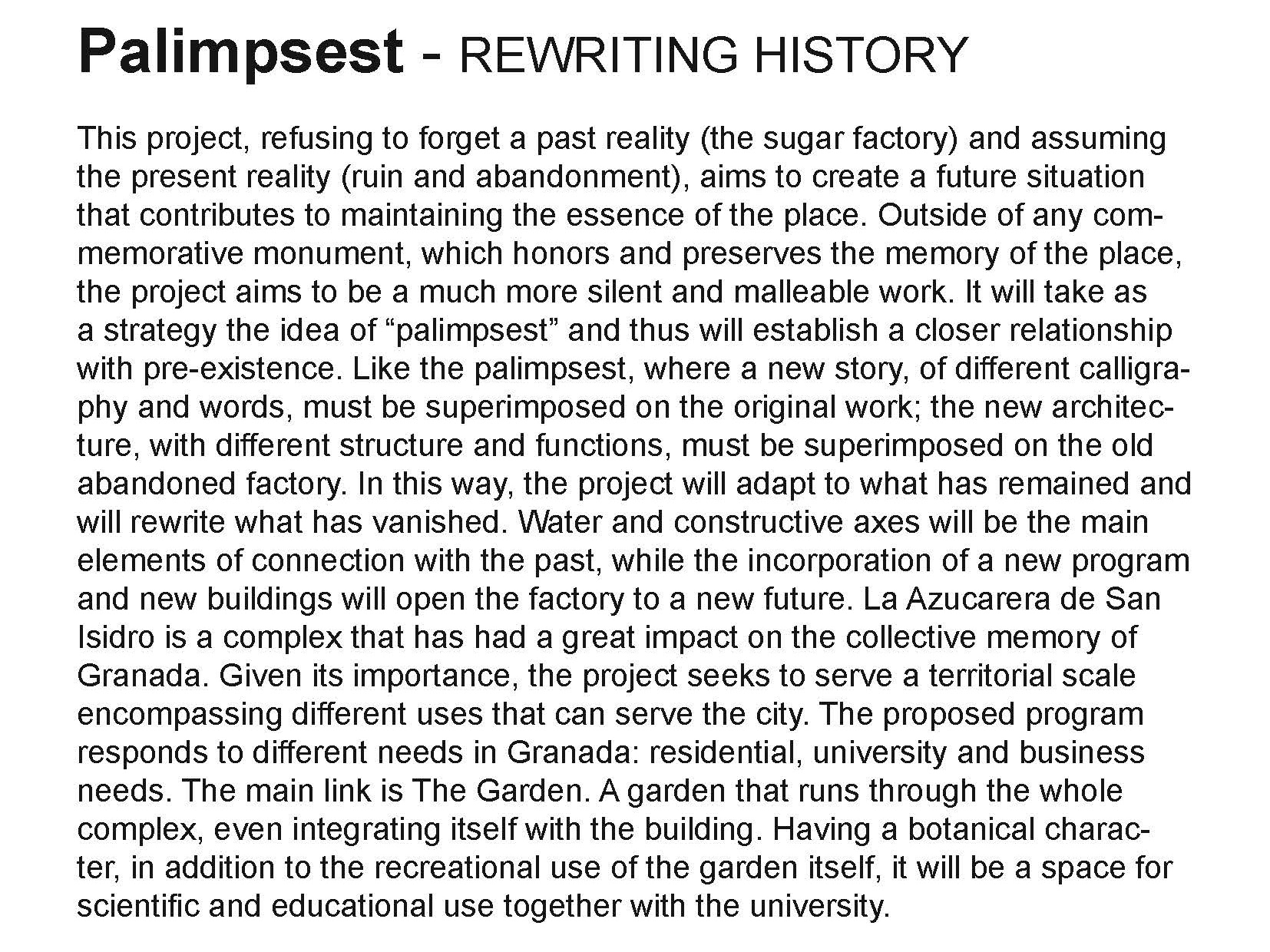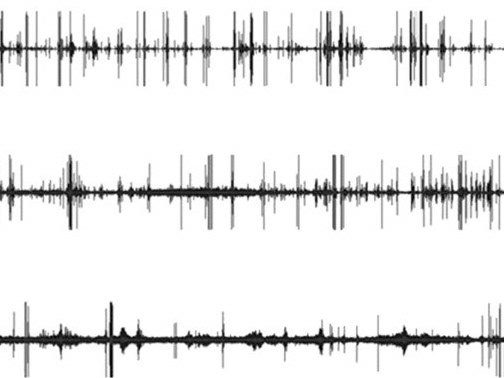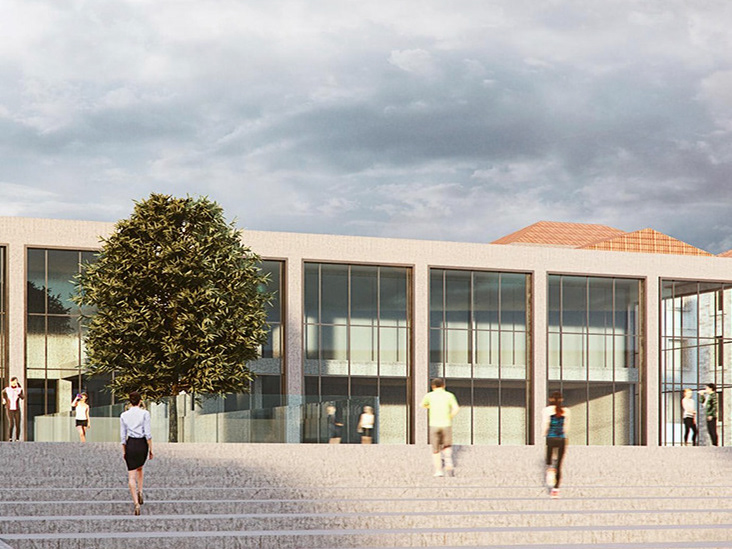HYBRID RESIDENTIAL
La combinación de usos y actividades heterogéneas en un mismo edificio no es fruto de los recientes ciclos inmobiliarios especulativos ni de la explosión urbana de los países emergentes. Su origen se remonta a tiempos antiguos donde la vida, el trabajo y el comercio acontecían de forma natural bajo un mismo espacio construido. El zoco o el puente habitado –por citar tipologías propias de la tradición mediterránea– ya ensayaron con éxito la combinatoria funcional que muchas arquitecturas proponen hoy como novedad. La segregación de usos promulgada por el urbanismo del Movimiento Moderno, o el crecimiento fragmentario sustentado en un bulímico consumo territorial y energético no parecen ser las respuestas más adecuadas en el proceso de ideación de la ciudad del futuro. Por contra, estrategias que impliquen la densificación eficiente y la hibridación programática parecen más acertadas para albergar las nuevas actividades contemporáneas que ocupan a la sociedad del siglo XXI. En consecuencia, se propone la resolución de programa mixto – residencial, dotacional y comercial– en un único edificio como ejercicio de reflexión y práctica arquitectónica encaminado a establecer diversos modos de afrontar la complejidad inherente a los nuevos desarrollos urbanos. ______________________________ The combination of heterogeneous uses and activities in the same building is not the result of recent speculative real estate cycles or the urban explosion of emerging countries. Its origin goes back to ancient times where life, work and commerce occurred naturally under the same built space. The souk or the inhabited bridge -to mention typical typologies of the Mediterranean tradition- have already successfully tested the functional combinatorial that many architectures propose today as a novelty. The segregation of uses promulgated by the urbanism of the Modern Movement, or the fragmentary growth sustained by a bulimic territorial and energy consumption do not seem to be the most adequate responses in the process of ideation of the city of the future. On the other hand, strategies that imply efficient densification and programmatic hybridization seem more appropriate to house the new contemporary activities that occupy 21st century society. Consequently, the resolution of a mixed program - residential, dotational and commercial - is proposed in a single building as an exercise in reflection and architectural practice aimed at establishing various ways of dealing with the complexity inherent in new urban developments.
